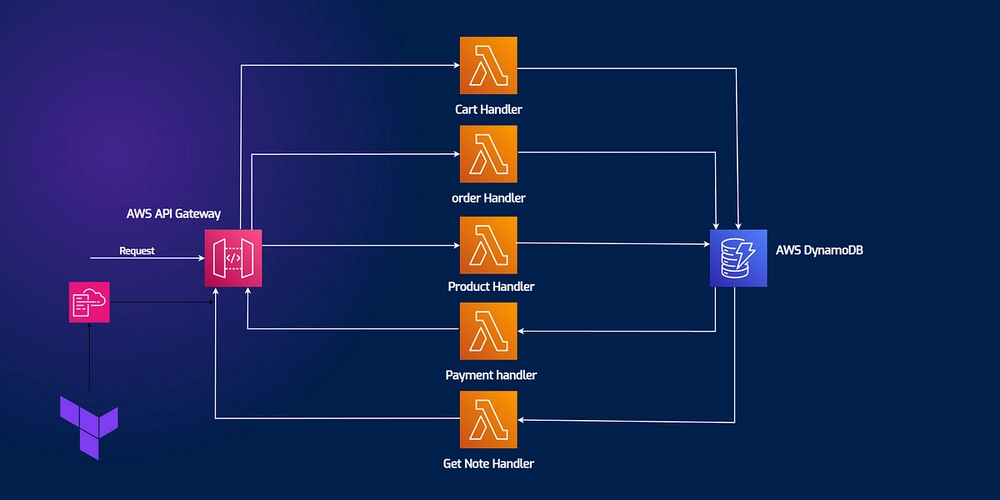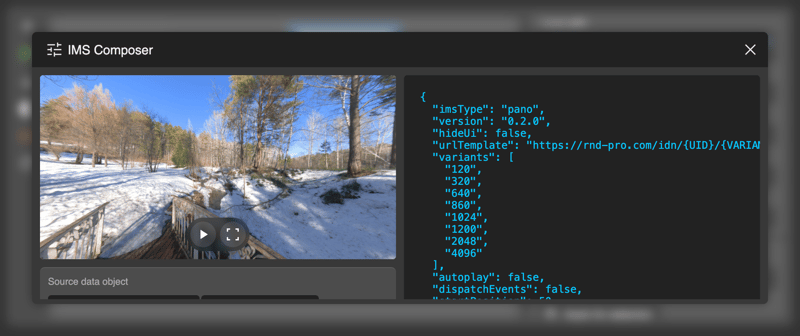How to Generate Realistic Random Terrain in Python Using Perlin Noise
Generating realistic terrain is a common requirement in games and simulations. One popular method for achieving this is Perlin noise, which creates smooth, natural-looking patterns. In this article, we’ll walk through how to generate and visualize terrain using Perlin noise in Python with the help of the noise and matplotlib libraries. 1. Installing Required Packages First, install the dependencies: pip install noise matplotlib 2. Generating Perlin Noise We’ll use the noise module to generate 2D Perlin noise over a grid and scale the values to represent terrain heights. import numpy as np from noise import pnoise2 import matplotlib.pyplot as plt width = 200 height = 200 scale = 100.0 octaves = 6 persistence = 0.5 lacunarity = 2.0 terrain = np.zeros((height, width)) for i in range(height): for j in range(width): terrain[i][j] = pnoise2(i / scale, j / scale, octaves=octaves, persistence=persistence, lacunarity=lacunarity, repeatx=width, repeaty=height, base=42) 3. Visualizing the Terrain We’ll use matplotlib to show the terrain as a grayscale heightmap and a colored elevation map. # Normalize terrain values to 0–1 normalized_terrain = (terrain - terrain.min()) / (terrain.max() - terrain.min()) # Grayscale heightmap plt.imshow(normalized_terrain, cmap='gray') plt.title("Grayscale Heightmap") plt.colorbar() plt.show() # Colored elevation map plt.imshow(normalized_terrain, cmap='terrain') plt.title("Colored Terrain Elevation") plt.colorbar() plt.show() 4. Tweaking for Realism Adjusting octaves, persistence, and lacunarity lets you control the roughness and features of the terrain. You can also simulate biomes by applying thresholds to different ranges of elevation (e.g., snow on high elevations, grass on mid, water on low). 5. Saving the Terrain You can export the terrain as an image or save it to a file for use in a game or simulation: plt.imsave("generated_terrain.png", normalized_terrain, cmap='terrain') Conclusion Perlin noise is a versatile tool for generating natural-looking procedural terrain. With Python and a few simple libraries, you can create detailed environments ready to be used in simulations or games. This technique can be extended to 3D terrain and dynamic map generation with elevation and biome mapping. If you found this useful, consider supporting my work: buymeacoffee.com/hexshift

Generating realistic terrain is a common requirement in games and simulations. One popular method for achieving this is Perlin noise, which creates smooth, natural-looking patterns. In this article, we’ll walk through how to generate and visualize terrain using Perlin noise in Python with the help of the noise and matplotlib libraries.
1. Installing Required Packages
First, install the dependencies:
pip install noise matplotlib2. Generating Perlin Noise
We’ll use the noise module to generate 2D Perlin noise over a grid and scale the values to represent terrain heights.
import numpy as np
from noise import pnoise2
import matplotlib.pyplot as plt
width = 200
height = 200
scale = 100.0
octaves = 6
persistence = 0.5
lacunarity = 2.0
terrain = np.zeros((height, width))
for i in range(height):
for j in range(width):
terrain[i][j] = pnoise2(i / scale,
j / scale,
octaves=octaves,
persistence=persistence,
lacunarity=lacunarity,
repeatx=width,
repeaty=height,
base=42)
3. Visualizing the Terrain
We’ll use matplotlib to show the terrain as a grayscale heightmap and a colored elevation map.
# Normalize terrain values to 0–1
normalized_terrain = (terrain - terrain.min()) / (terrain.max() - terrain.min())
# Grayscale heightmap
plt.imshow(normalized_terrain, cmap='gray')
plt.title("Grayscale Heightmap")
plt.colorbar()
plt.show()
# Colored elevation map
plt.imshow(normalized_terrain, cmap='terrain')
plt.title("Colored Terrain Elevation")
plt.colorbar()
plt.show()4. Tweaking for Realism
Adjusting octaves, persistence, and lacunarity lets you control the roughness and features of the terrain. You can also simulate biomes by applying thresholds to different ranges of elevation (e.g., snow on high elevations, grass on mid, water on low).
5. Saving the Terrain
You can export the terrain as an image or save it to a file for use in a game or simulation:
plt.imsave("generated_terrain.png", normalized_terrain, cmap='terrain')Conclusion
Perlin noise is a versatile tool for generating natural-looking procedural terrain. With Python and a few simple libraries, you can create detailed environments ready to be used in simulations or games. This technique can be extended to 3D terrain and dynamic map generation with elevation and biome mapping.
If you found this useful, consider supporting my work: buymeacoffee.com/hexshift









































































































































































![[The AI Show Episode 144]: ChatGPT’s New Memory, Shopify CEO’s Leaked “AI First” Memo, Google Cloud Next Releases, o3 and o4-mini Coming Soon & Llama 4’s Rocky Launch](https://www.marketingaiinstitute.com/hubfs/ep%20144%20cover.png)



























































































































![[DEALS] The All-in-One Microsoft Office Pro 2019 for Windows: Lifetime License + Windows 11 Pro Bundle (89% off) & Other Deals Up To 98% Off](https://www.javacodegeeks.com/wp-content/uploads/2012/12/jcg-logo.jpg)


















































































































































_Andreas_Prott_Alamy.jpg?width=1280&auto=webp&quality=80&disable=upscale#)

































































































![What features do you get with Gemini Advanced? [April 2025]](https://i0.wp.com/9to5google.com/wp-content/uploads/sites/4/2024/02/gemini-advanced-cover.jpg?resize=1200%2C628&quality=82&strip=all&ssl=1)











![Apple Shares Official Trailer for 'Long Way Home' Starring Ewan McGregor and Charley Boorman [Video]](https://www.iclarified.com/images/news/97069/97069/97069-640.jpg)
![Apple Watch Series 10 Back On Sale for $299! [Lowest Price Ever]](https://www.iclarified.com/images/news/96657/96657/96657-640.jpg)
![EU Postpones Apple App Store Fines Amid Tariff Negotiations [Report]](https://www.iclarified.com/images/news/97068/97068/97068-640.jpg)


































































































































